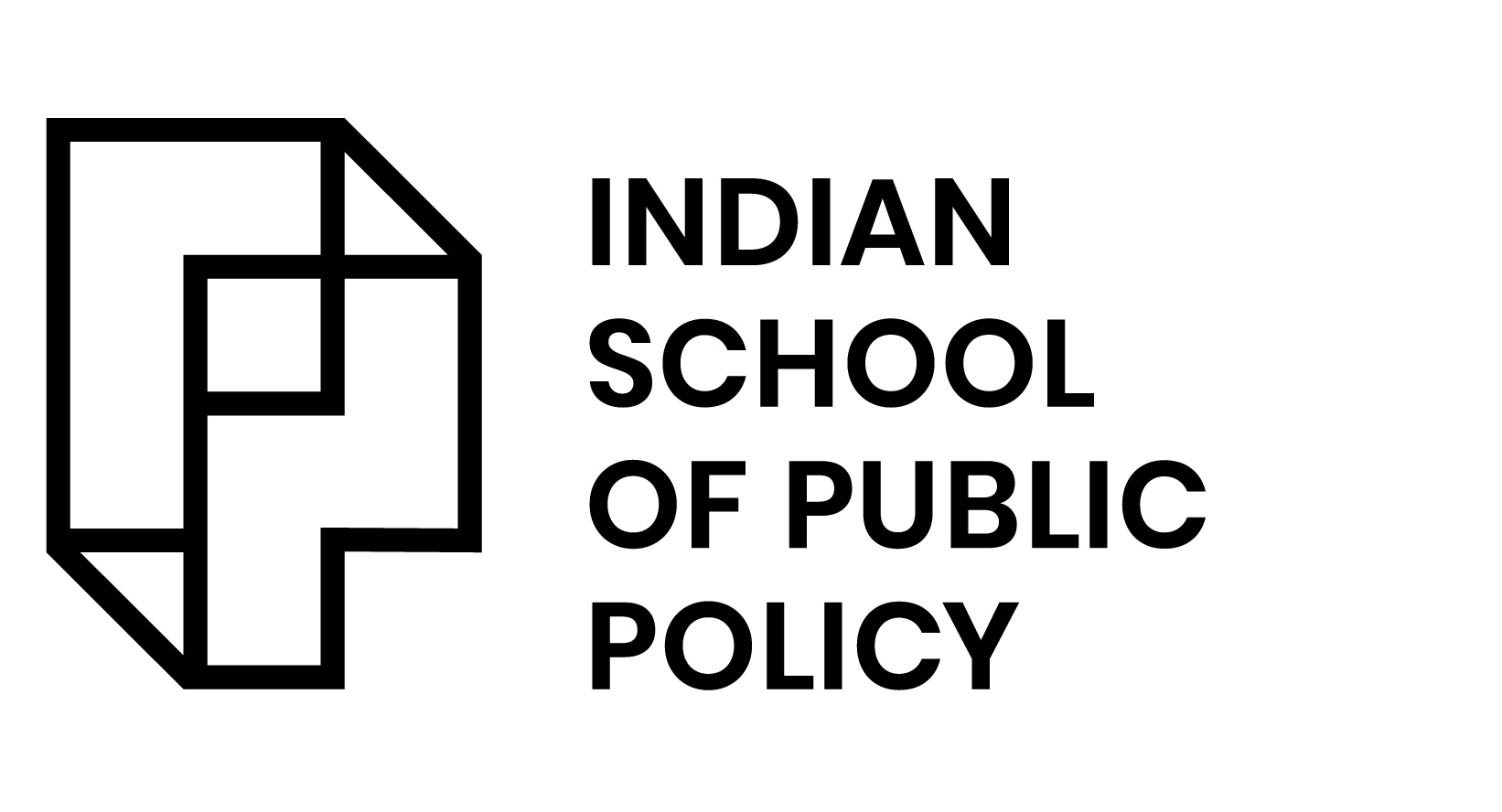
Doubling of Farmers’ Income by 2025: “New” Policy Reforms
The agricultural sector is considered to be the driving force of almost all economies across the world. It plays a prominent role in fulfilling the needs of mankind in terms of food supply and providing raw materials for industries. In the Indian context, it is the primary source of livelihood for rural people engaging 60% of its labour force. Although agriculture plays an instrumental role in the life of Indian citizens, its contribution to the economy is continuously declining and currently lingering around 15% of the GDP impacting both the farmers and the country. There are several reasons attributed to this paradox such as inadequate credit availability, inaccessible agri-inputs, lack of remunerative markets, low infrastructures, inadequate services and unintended consequences of government interventions in labour and land markets. Hence, reforming the agricultural sector is the only pathway to radically improve the lives of the citizens along with economic development.
The monthly expenditure of rural Indians on food has declined from Rs. 643 in 2011-12 to Rs. 580 in 2017-18. Similarly, rural spending on non-food items fell by 7.6 per cent between July 2017 and June 2018. These appalling figures display the gloomy side of the farmer’s situation, who are consuming less due to low farm income. Hence, the government in collaboration with different states have decided to work in a mission to double the farm income by 2025. But after reviewing the existing policy reforms along with literature and best practices across the world it is imperative to deconstruct the existing policy elements in a way that leads to a route of positive development in the favour of farmers. Following are some of the key policy recommendations that can ensure inclusivity and effectiveness in achieving the above-mentioned mission:
- Despite having several farmer welfare schemes and world-class institutions (ICAR, SFAC, NABARD, etc.) working in the interest of the farmers, it has failed to allay their problems. There is a mirage of safety nets created for the farmers to protect them from capitalists and money lenders. However, this safety net has increased the farmer’s problem instead of alleviating them via weak governance mechanisms and stringent regulations. Very little has been done to strengthen the systems, processes and models leading to effective governance. Hence, the development of a concrete governance structure is required to expedite the decision-making processes involving approvals for new technologies and effective farm practices which otherwise takes years to reach the grassroots making it obsolete.
- As per the World Census of Agriculture (WCA), the average landholding in India is around 1.1 hectare and that in China is 0.6 hectare. But still, the farmers in China have better income that is attributed to their liberal land reforms. On the contrary, the farmers in India face numerous challenges in selling or leasing their land, that further varies from state to state. Such regulations act as a barrier for farmers to exit from agriculture leading to the indefinite poverty trap. Thus, there is a need for India to liberalize land restriction laws. Furthermore, the exit from agriculture would not decline the GDP contribution. This is visible from China’s rapid growth with only 25.1 per cent of the workforce engaged in agriculture. The additional unproductive labour force could be engaged in secondary and tertiary activities leading to greater economic development.
- When it comes to the credit market, it is heavily regulated and a ceiling on interest rates further reduces credit availability in the market. Thus, opening the farm credit market for digital wallets like Mobikwik, Phonepe, Paytm, etc. will increase the credit availability options for the farmers. Additionally, the credit cost will be reduced due to digital transactions leading to a win-win situation.
- The government has issued Minimum Support Price (MSP) to a large basket of commodities. However, it ensures guaranteed procurement of only rice and wheat at MSP thereby neglecting procurement of other commodities such as pulses leading to its uncertainty due to price cap. Hence, MSP should be applied only to crops that are procured by the government and letting the market decide upon the prices of other commodities leading to price equilibrium and better income to farmers.
- Whenever there is a price rise in any commodity, say onions, its export is banned thereby leaving the farmer to lose on extra income. This ban can be attributed to stocking, crop damage, rising oil prices, etc. Thus, the rising demand with dwindling supply prioritizes domestic demand over export which is less remunerative. Hence, the import/export trade barriers should be minimized to increase farm income.
- The farmers should be provided with a price discovery mechanism so that based on the future prices of commodities, they can make effective decisions leading to higher farm income.
- Several subsidies, cash transfer, input supply and credits are made available to the farmers every year. If all of the schemes are clubbed together and converted to cash that is directly transferred to the farmer’s account would yield a better result. But there are arguments that direct money transfer would lead farmers to use it in alcohol consumption. However, as per UNICEF’s working paper on cash transfers, this argument is flawed because the farmers, being a rational person, would utilize the money for education, health, agriculture & livelihood, etc.
- Countries like Israel have made a significant investment in R&D for highly advanced agricultural techniques leading them to outrank many of the developed and developing nations in quality farm production. A similar approach should be adopted by India to focus on agriculture R&D and mechanization that would provide higher benefits to the marginal farmers in the long-run thereby increasing their productivity and income.
- The farmers should be considered as a businessman who can start farmer-operated social enterprises contributing heavily to warehousing facilities that will increase the profit margin for everyone. Additionally, a measure on ease of doing business for farmers should be developed to record the growth in creating such an ecosystem.
With the aforementioned recommendations, it is essential to even understand the roadblocks in achieving them.
- Consumer activism is ruling the market and influencing the market decisions in their favour.
- Agriculture and farmer issues is a political agenda in India that acts as a hindrance to developing an efficient ecosystem.
- There are only 75 universities (four central universities, four deemed universities and 67 state universities) engaged in Agricultural R&D. This is not sufficient to cater to the needs of such a dominant sector in the Indian economy.
- The Indian skilling and entrepreneurial ecosystem prefer non-farm sector over the farm sector making it tough for farmers to operate as agri-entrepreneurs.
Author: Abhishek Pandey
The views expressed in the post are those of the author and in no way reflect those of Indian School of Public Policy. Images via open source.


